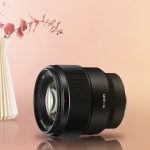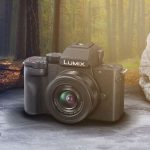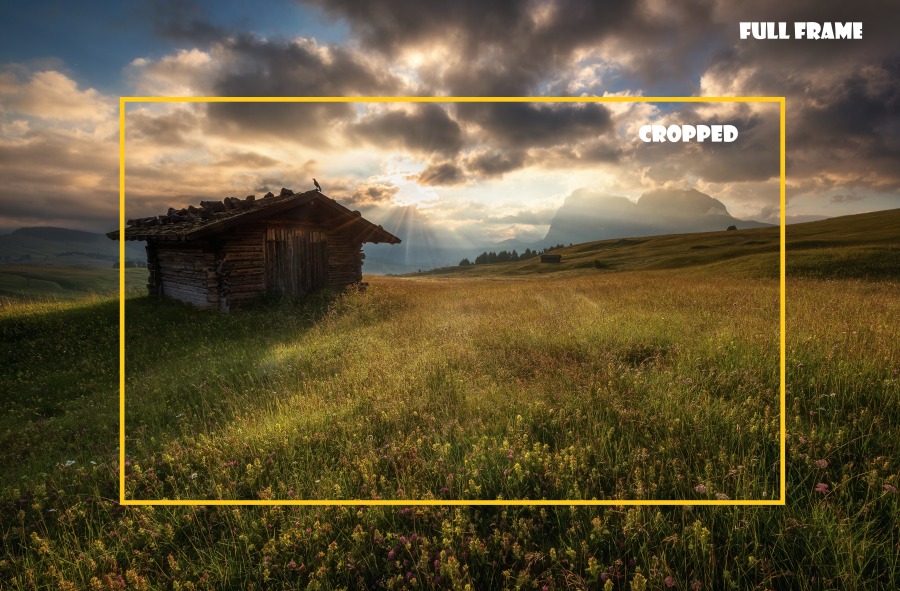
You most likely had the opportunity to shop for a camera and were faced with the option of which sensor to use. The debate over full-frame vs. crop sensor camera is usually the starting point, but that’s only a part of it.
While some may believe that the difference is self-evident, there’s more to it than that. It doesn’t simply mean that a full-frame sensor has full-frame resolution while a crop sensor camera has cropped resolution.
Don’t worry, I’ll go through that in more detail in this article, and I’ll surely provide you with some general information about Full Frame vs Crop Sensor.
Let’s start with the obvious and learn what resolution is really all about.
What is the Definition of Resolution?
The number of pixels produced by a camera in a picture is referred to as resolution.
More image detail indicates a higher resolution. The resolution of an image can be measured in a variety of ways. The term “resolution” refers to how near lines can be to each other while still being visible.
One of the main reasons when creating a sharp image is camera resolution.
Higher-resolution cameras are always in high demand and manufacturers are constantly competing to develop higher-resolution cameras.
A perfect example of a low resolution and a high-resolution image is shown below.

What is the Definition of a Camera Sensor?
People frequently ask how many Megapixels your phone/camera sensor has, so you’ve probably heard the term “camera sensor.”
Simply put, a camera sensor is a piece of gadget that captures light and turns it into signals, resulting in an image.
The quality of your photographs and the types of images you may capture are both closely tied to the sensor in your camera.
When it comes to camera sensor sizes, “full-frame” and “crop” are the two most popular options.
Full Frame Sensor vs Crop Sensor
As I previously stated, size is not the only difference between the two sensors, but it is indeed the most important one.
I’ve included an excellent example below, between the two sensors.
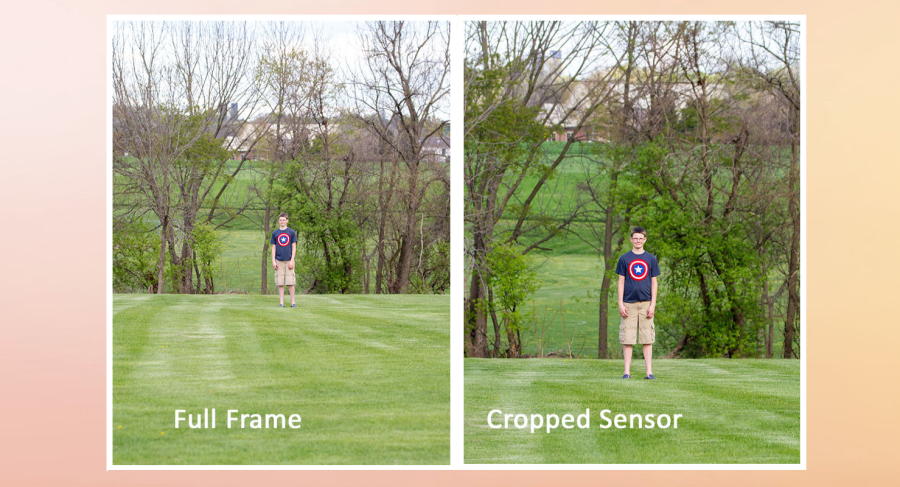
A Full Frame camera refers to a sensor that has the same size as a 35mm film sensor or is pretty much capable of including the whole frame in the sensor.
A Crop Sensor camera, on the other hand, very much says it all with its name: it takes images in a smaller format than full-frame or 35mm.
If you have two cameras, one with a Full Frame sensor and the other with a cropped sensor, the photo taken with the full-frame sensor will include more background, while the picture taken with the cropped sensor will have a narrower frame.

Full Frame Sensor Benefits
- Dynamic range – The term “dynamic range” refers to the entire range of exposure values in an image, from the darkest to the lightest portions. The highest dynamic range or say the best one can be found on DSLRs that feature a full-frame sensor.
- Great Low Light Performer – A Full-frame sensor can produce more light than its counterpart, which means it can provide better quality content in low-light situations, significantly better than a crop sensor.
- Depth of Field – Full-frame cameras can capture a shallower depth of field than cropped cameras. We all know that the shallower the depth of field, the greater the bokeh effect, therefore full frame is the way to go for photographers who like to take photographs with defocused backgrounds.
Full Frame Sensor Drawbacks
- Large Files – Because there is more frame and more things to catch, the photo file will inevitably be larger than those seen on peers.
- Large Form Factor – Because of the large sensor, the camera body must be larger as well, resulting in a loss of portability. Traveling photographers will despise the added weight and strain that a Full Frame DSLR sets.
- Price – Full Frame cameras are primarily designed to fulfill the needs of professional photographers, and as a result, they have a price that is hard to swallow.
Crop Sensor Benefits
- Focal Reach – While the crop reduces our resolution, it does improve our focal reach, which can be useful in certain situations.
- Compact – Because they are travel-friendly and have a small and compact form factor, crop sensors are what satisfy photographers on the go.
- Burst Mode and File Size – Crop-sensor cameras frequently feature a faster burst mode than full-frame cameras, because they have less information to record. When saving photographs to the memory card, smaller images also mean less lag time.
- Price – The best advantage crop sensors have over their counterparts, in my opinion, is the pricing; they are less expensive for obvious reasons.
Crop Sensor Drawbacks
- Image Quality – The crop sensor falls short of the full-frame sensor in terms of image quality and low-light capabilities. As previously said, the sensor is smaller and receives less light than its peers, resulting in less sharp image quality.
- Tight Frame – While focal reach was a gain, when it comes to wide-angle photography, it’s a loss. Landscapes and wide-angle shots in general will be difficult to take with the crop sensor because the entire “picture” will not fit on the camera.
Final Words, Conclusion
If you’ve paid attention to everything I’ve said so far, you’ll notice that there isn’t a clear choice.
Both sensors have their benefits and drawbacks. While full-frame sensors may provide somewhat superior quality, they may not be the greatest fit in all scenarios and vice versa.
In the end, it all comes down to your personal preferences/skill level, as well as the type of photography you intend to pursue; what works for one person may not work for another.
A crop sensor is a way to go if you’re a photographer who merely wants to start off as a hobbyist, thanks to its low price and beginner-friendly features. I would target full-frame cameras at professionals, as that is what they were designed for.
This concludes today’s article; hopefully, I was of help and you learned something from it. Till next time.
Enjoy!
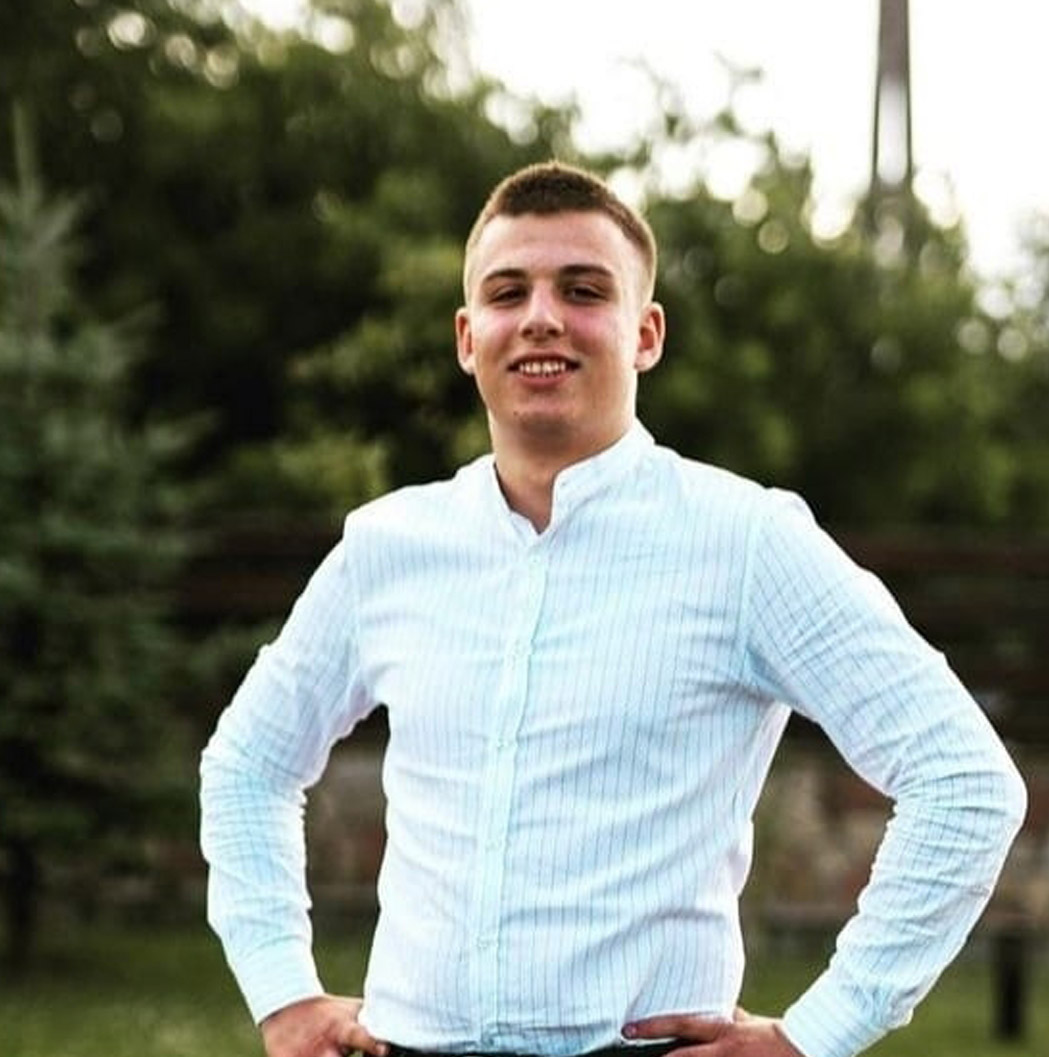
Wedding Photographer
From nature to urban landscapes, my camera is my tool for expressing my creativity and telling stories through my lens.
